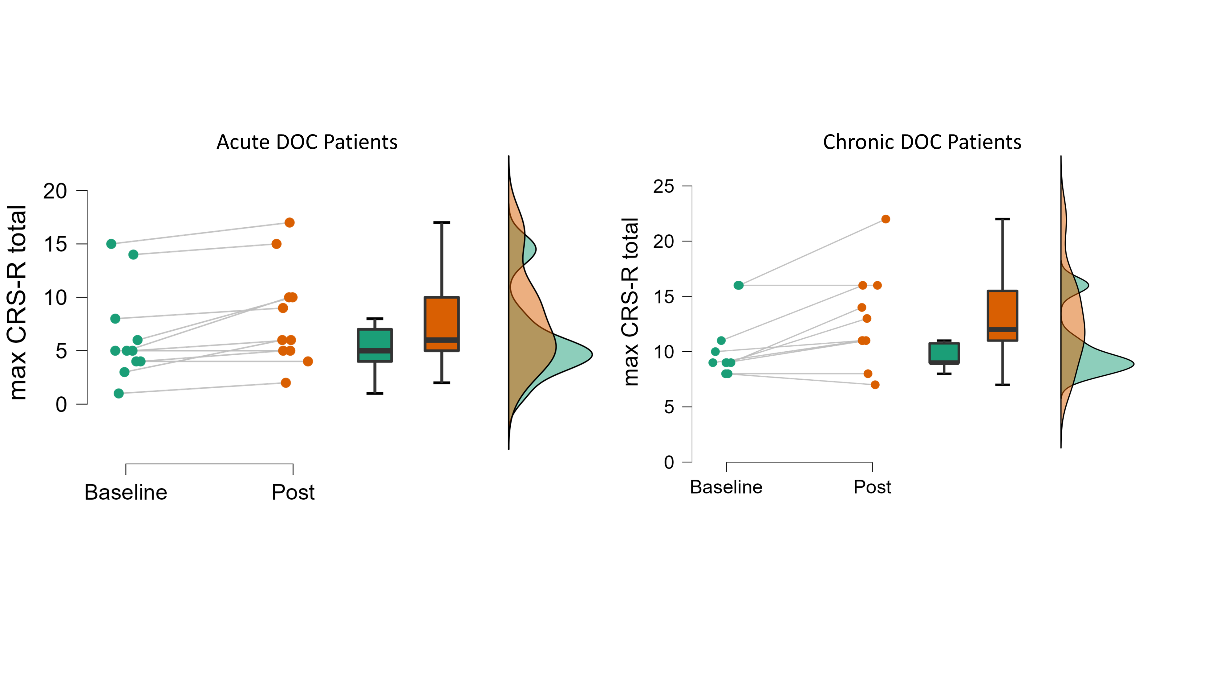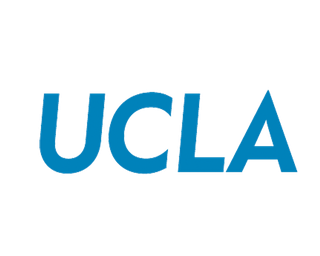Overview:
The aim of this project is to evaluate the potential of thalamic Low Intensity Focused Ultrasound (LIFU) as a safe, effective, and non-invasive intervention to restore consciousness in patients with disorders of consciousness following severe brain injury.
Abstract:
After suffering a severe brain injury, some patients fail to fully recover and enter a disorder of consciousness (DOC) – that is, a condition such as Coma, the Vegetative State, or the Minimally Conscious State. Despite great advances in intensive care, however, if patients do not recover consciousness spontaneously, there are no accepted treatments to help restore it, particularly in long-term patients. In the last 20 years, our understanding of these conditions has grown exponentially, giving rise to a mechanistic framework for explaining how severe brain injury can lead to these conditions. In particular, this framework suggests that deep brain nuclei such as thalamus play a key role in the pathology underlying DOC.
In this project, we thus employ a novel non-invasive neuromodulatory technique, known as Low Intensity Focused Ultrasound (LIFU), as a possible neurorestorative intervention in this patient group.
In a first-in-human feasibility clinical trial, in acute and long-term DOC patients, we have shown this approach to be feasible, safe, and associated with clinically observable improvements (Figure 1). More recent work is showing that not only patients appear more responsive, in the short term, after LIFU, but also that this technique modifies well-known biomarkers of impairment in this patient cohort.
Ultimately, the aim of this work is to assess the potential of LIFU as a safe, effective, broadly applicable, and potentially portable intervention for patients in a Disorder of Consciousness.

Broader Impact:
The impact of this project is two-fold. Clinically, it offers a potential new neurorestorative pathway for patients in a Disorder of Consciousness, for whom there are no broadly accepted treatments. Scientifically, this project offers a framework for understanding, in a causal fashion, the relationship between deep brain nuclei (i.e., thalamus), biomarkers of impairment in this patient group, and loss and recovery of consciousness.
